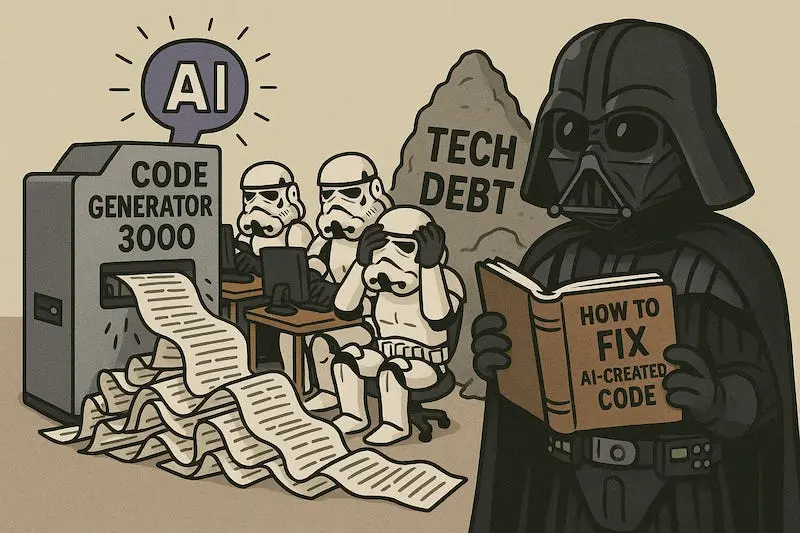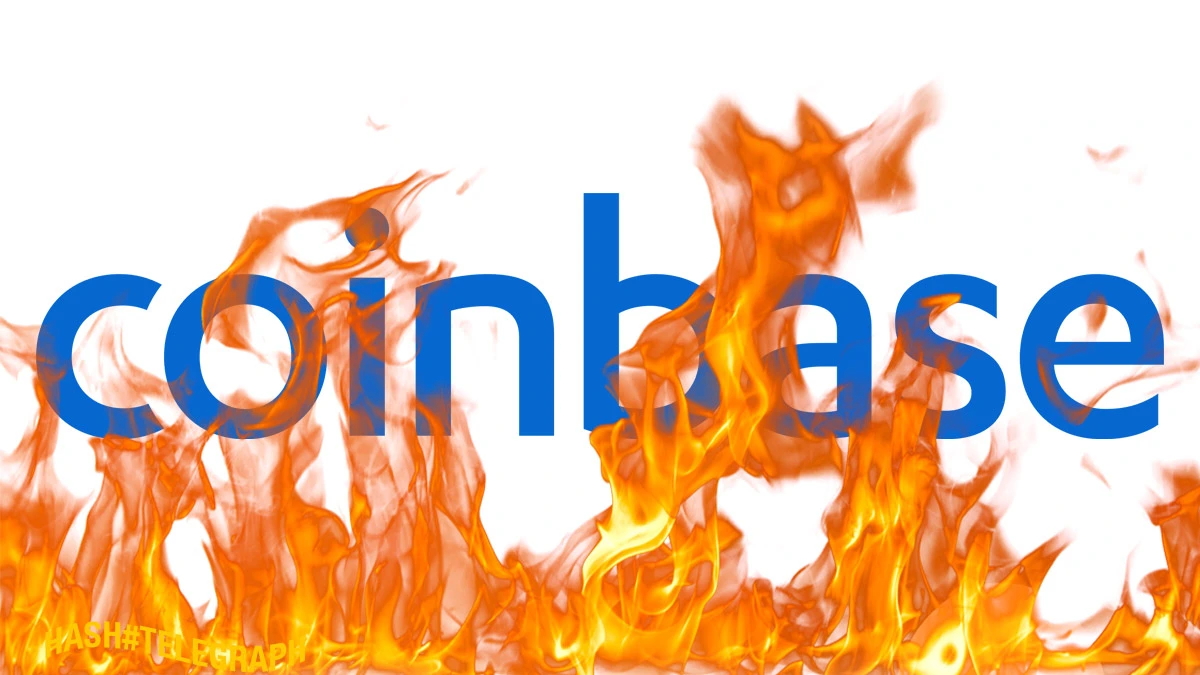
The AI Productivity Lie: How 'Workslop' Is Costing Companies Millions
Research reveals AI-generated content that looks polished but lacks substance is creating rework, trust issues, and collaboration problems across workplaces.
The corporate AI revolution has hit an unexpected snag: it’s making people less productive, not more. Despite companies pouring billions into AI tools and mandating their use, research from BetterUp Labs and Stanford University reveals that 41% of workers are encountering what researchers call “workslop”, AI-generated content that appears polished but lacks real substance.
The numbers tell a sobering story. While AI use at work has doubled since 2023 ↗ and companies with fully AI-led processes have nearly doubled ↗ in the past year, a recent MIT Media Lab report found that 95% of organizations see no measurable return on their AI investments. The disconnect between adoption and results is staggering.
What Exactly Is Workslop?
Workslop is defined as “AI-generated work content that masquerades as good work, but lacks the substance to meaningfully advance a given task.” It’s the corporate equivalent of the low-quality AI content clogging social media feeds, well-formatted slides with empty analysis, articulate summaries missing crucial context, or seemingly functional code that breaks under scrutiny.
The insidious effect, according to the Harvard Business Review research ↗, is that workslop “shifts the burden of the work downstream, requiring the receiver to interpret, correct, or redo the work. In other words, it transfers the effort from creator to receiver.”
The Real Costs: Time, Money, and Trust
The productivity impact is measurable and alarming. Surveyed workers reported spending nearly two hours dealing with each instance of workslop. Based on self-reported salaries, researchers calculated this costs individual employees approximately $186 per month. For an organization of 10,000 workers, that translates to over $9 million annually in lost productivity.
But the financial cost is only part of the story. The interpersonal damage may be more significant. Approximately half of surveyed workers viewed colleagues who sent workslop as less creative, capable, and reliable. Forty-two percent saw them as less trustworthy, and 37% viewed them as less intelligent. The result? Damaged collaboration and eroded workplace relationships.
Where Workslop Comes From
The problem flows in all directions through organizational hierarchies. Of the workslop identified in the research:
- 40% occurs between peers at the same level
- 18% comes from direct reports to managers
- 16% flows from managers to their teams or from higher leadership
Professional services and technology sectors appear disproportionately affected, likely due to higher AI adoption rates and content-heavy workflows.
The phenomenon reflects a broader pattern emerging across industries. As one analysis noted, workers are increasingly reporting that direction sheets and project briefs have become longer but contain “empty and redundant information with no-brainer direction”, classic signs of AI-generated content that hasn’t been properly reviewed or refined.
Why This Isn’t Just an AI Problem
The workslop epidemic reveals deeper issues with how organizations are implementing AI. Top-down mandates often emphasize experimentation without providing clear guidance on when and how AI should be used. This creates pressure to produce AI-generated output regardless of its actual value.
The problem is compounded by what researchers call the “competence penalty”, a phenomenon where workers perceived to rely heavily on AI are rated as less competent, even when their outputs are identical to those created without AI assistance. This bias appears to affect women and older workers more severely.
Breaking the Workslop Cycle
Addressing workslop requires more than just better AI tools, it demands smarter implementation strategies. Researchers suggest several approaches:
Establish Clear Guardrails: Instead of blanket “use AI everywhere” mandates, organizations should develop specific guidelines for when and how AI adds genuine value.
Model Purposeful Use: Leadership should demonstrate thoughtful AI integration rather than treating it as a magic productivity button.
Foster Transparency: Encourage open discussion about AI use to reduce the competence penalty and promote collaborative refinement of AI-generated content.
Focus on Quality Standards: The goal shouldn’t be maximum AI output, but rather maintaining quality standards regardless of how work is produced.
The Broader Implications
The workslop phenomenon represents a critical moment in AI adoption. As Fortune’s analysis notes, companies rushing to adopt generative AI without proper strategy risk “creating more friction than efficiency.” The UN projects the global AI market will grow from $189 billion in 2023 to $4.8 trillion by 2033, but workslop suggests much of that investment could be wasted without better implementation.
The emergence of specialized “vibe coding cleanup specialists” and other roles focused on fixing AI-generated content suggests workslop is creating its own niche economy, workers being paid premium rates to clean up after poorly implemented AI tools.
Moving Beyond the Hype
The workslop problem underscores that AI productivity gains aren’t automatic, they require thoughtful implementation, clear standards, and ongoing human oversight. As the research makes clear, the most successful AI users approach the technology as a collaborative tool rather than a shortcut.
For organizations truly seeking AI-driven productivity, the path forward involves less focus on adoption metrics and more attention to how AI is actually being used. The real test isn’t whether employees are using AI, but whether that use is making their work, and their colleagues’ work, genuinely better.
The workslop phenomenon serves as a crucial reality check: technology alone doesn’t create productivity. Thoughtful implementation, clear standards, and human judgment remain essential ingredients for turning AI potential into actual business value.



